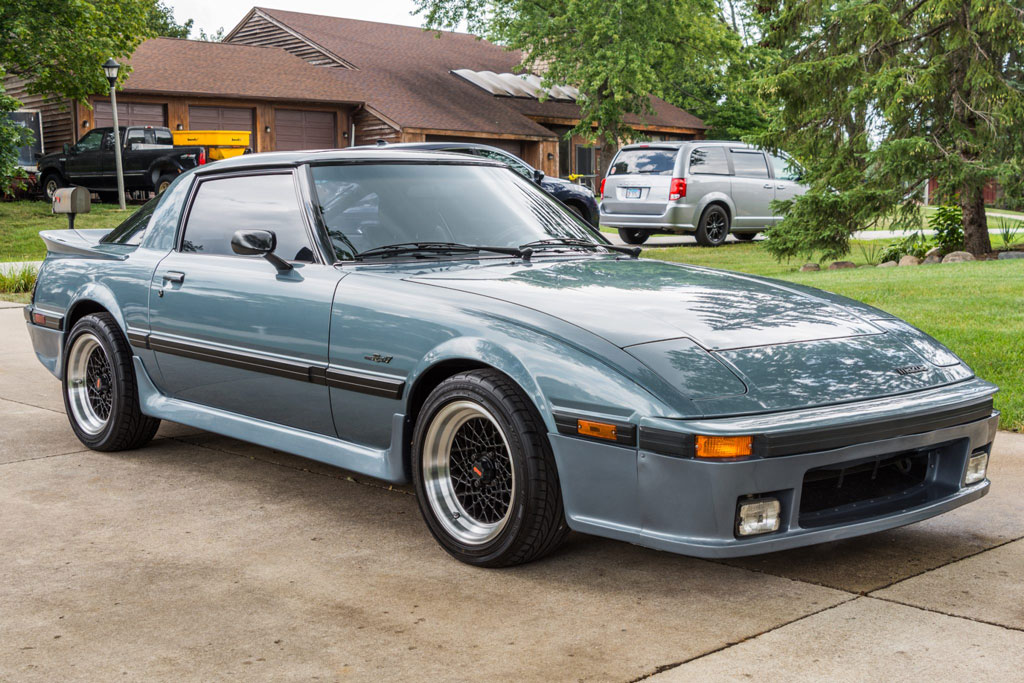1984 Mazda RX-7 #55358. S/N JM1FB331XE0801486. 17k miles. “1.1-liter 12A rotary, 5-speed manual transmission, Tender Blue Metallic, brown leather upholstery, aftermarket body kit and spoiler, sunroof, AM/FM cassette stereo, air conditioning, dual Weber carburetors, Racing Beat header and exhaust system, 15-inch Weds wheels, Tokico shocks, Eibach springs.” Condition: 1. SOLD AT $21,263. Bring a Trailer,…
A Tale of Two Customs

